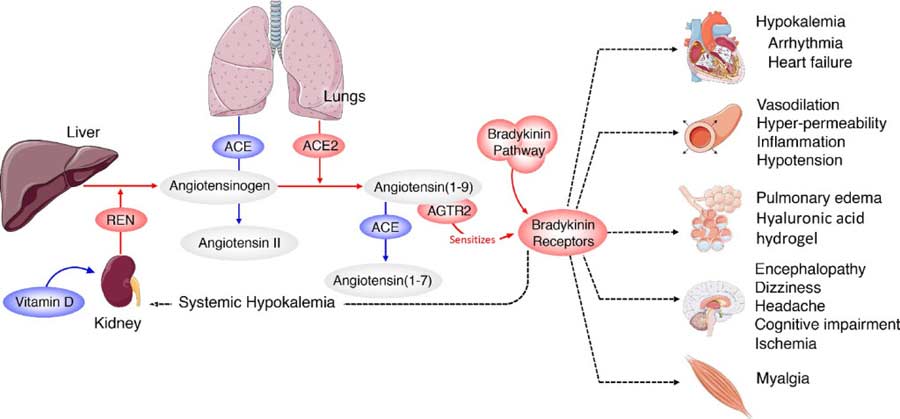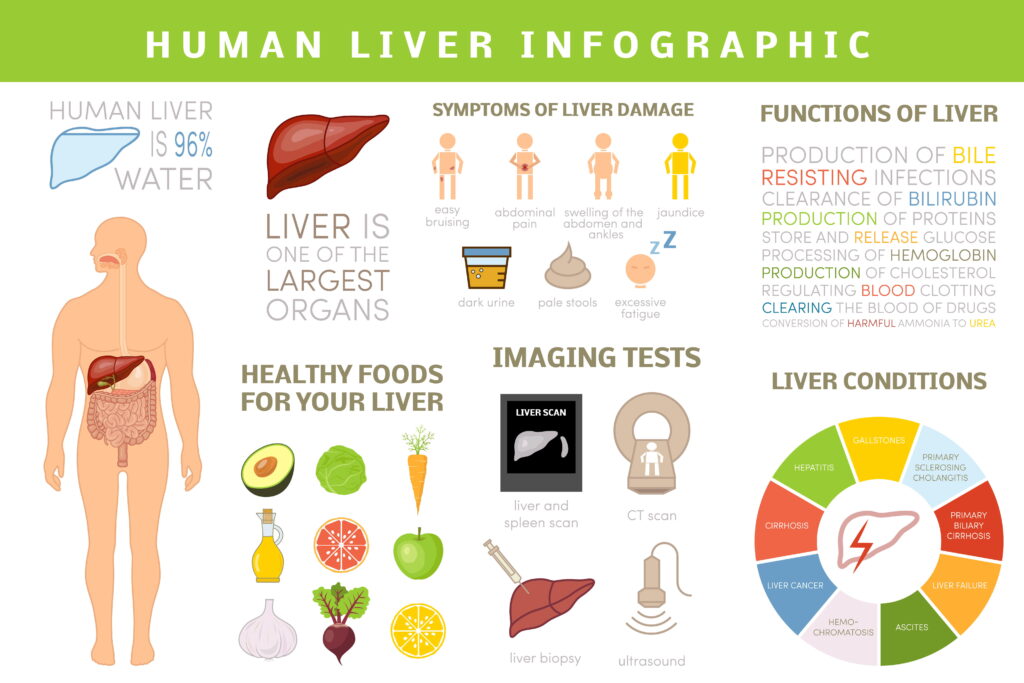Professionally Formulated Products.
Discover a wide range of natural health options from PacificHealth.com. With professionally formulated products, including vitamins, minerals, and herbal remedies, you can improve your overall well-being and find relief from what ails you. Shop now for effective solutions that are backed by a satisfaction guarantee.
Professionally Formulated Products. Read More »





